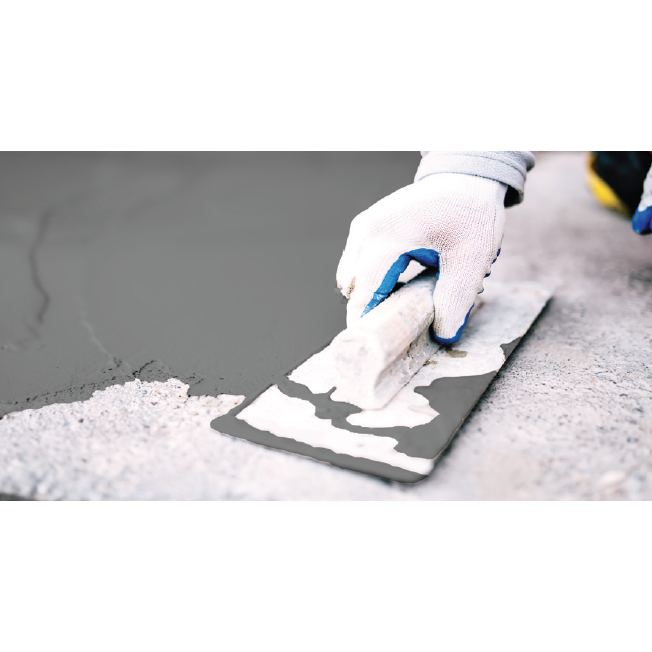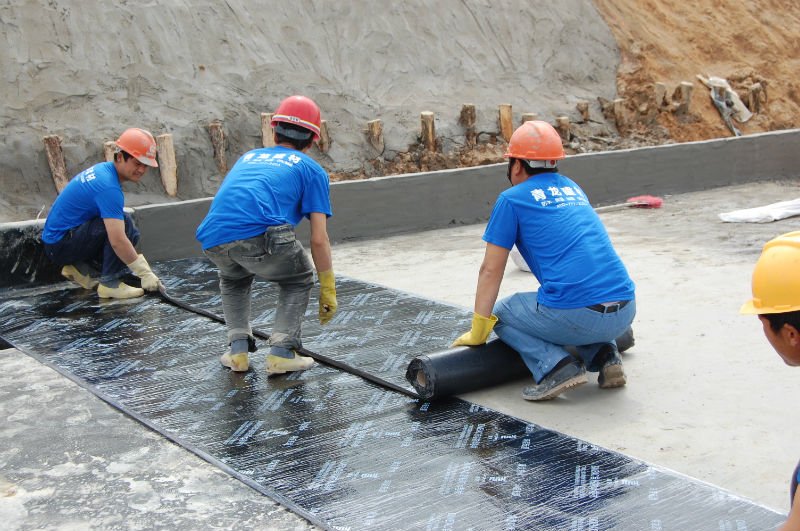Kinds of Waterproofing: Discovering the Numerous Methods and Their Applications
Waterproofing is an essential element of building and upkeep. It shields structures from the detrimental impacts of water damage. There are several techniques readily available, each with its one-of-a-kind applications and benefits. From membrane layer systems to cementitious services, comprehending these options is crucial for reliable application. The option of waterproofing method can greatly affect resilience and longevity. Checking out these numerous strategies discloses their unique benefits and prospective challenges, motivating more factor to consider of perfect options.
Membrane Layer Waterproofing Solutions
Membrane layer waterproofing systems function as a critical obstacle against water invasion in various structures. These systems commonly consist of thin sheets made from materials like rubber, thermoplastic, or asphalt, which are applied to surface areas to avoid dampness penetration. They can be installed over or below quality and are particularly effective in areas vulnerable to high water direct exposure, such as cellars, roofings, and foundations.The setup process includes cleaning up the substratum, using adhesives or guides, and specifically suitable the membrane to guarantee full insurance coverage. Membrane layer systems can be either fully adhered, mechanically affixed, or laid loose, relying on the certain requirements of the job. They offer durability and flexibility, suiting structural motions without compromising their waterproofing abilities. Furthermore, these systems can be strengthened with extra layers for enhanced defense. Inevitably, membrane layer waterproofing systems are vital for protecting frameworks versus water damages and preserving long-term honesty.
Liquid-Applied Waterproofing Coatings
Liquid-applied waterproofing finishings offer a functional remedy for securing surfaces from water seepage - Sump pump discharge drainage Omaha. These finishings include liquid products that, when applied, create a seamless, flexible membrane. Their adaptability enables application on numerous substrates, including concrete, steel, and wood. The finishes can be used in diverse settings, from property to commercial settings, making them suitable for roofs, structures, and below-grade structures.One considerable advantage of liquid-applied coverings is their capability to comply with uneven shapes and pass through fractures, developing a durable obstacle against moisture. They typically display superb attachment residential or commercial properties and resistance to UV radiation, making sure durability and sturdiness. In addition, the application procedure is usually straightforward, enabling for fast installment and minimized labor costs. This technique likewise decreases the risk of water pooling, as the continual layer effectively directs water away from susceptible areas. On the whole, liquid-applied waterproofing finishings are an efficient selection for detailed water protection
Cementitious Waterproofing Solutions

Cementitious waterproofing options offer a durable more helpful hints alternative for frameworks requiring trusted wetness defense. These systems largely make use of a mix of cement, sand, and chemical additives to develop a water resistant obstacle. They are frequently used to surface areas such as concrete wall surfaces, structures, and floors, supplying a sturdy, durable defense against water intrusion.One of the key benefits of cementitious waterproofing is its convenience of application; it can be applied using a brush, roller, or spray, making it suitable for different task dimensions. Furthermore, this technique works with lots of surfaces and can typically be made use of combined with various other waterproofing techniques.Cementitious remedies are particularly reliable in atmospheres where water direct exposure is a concern, such as basements or below-grade frameworks. Their exceptional adhesion buildings ensure that they bond well with substrates, giving a solid and impermeable layer versus dampness penetration.
Bentonite Waterproofing
Bentonite waterproofing is a very efficient method that makes visit the website use of sodium bentonite clay to develop a natural obstacle against water. This strategy makes use of the special buildings of bentonite, which expands upon contact with water, sealing any possible leakages and avoiding wetness infiltration. It is typically utilized in various applications, including foundation walls, tunnels, and retaining walls, where water resistance is essential.Bentonite can be used in numerous forms, such as panels or blankets, providing versatility in installation. Its capacity to self-seal makes it an eye-catching alternative for areas based on shifting soil or rising and falling water levels. In addition, bentonite waterproofing is eco-friendly, as it is an all-natural material that does not introduce hazardous chemicals into the environments.
Drainage and Exterior Waterproofing Equipments
Efficient waterproofing typically involves a mix of methods, consisting of drain and exterior systems. Drainage systems, such as French drains and sump pumps, are developed to redirect water far from structures, reducing hydrostatic pressure against structures. These systems are important in preventing water buildup that can lead to architectural damages and mold and mildew growth.External waterproofing, on the various other hand, includes applying safety barriers to the structure's outside. Strategies such as the installation of waterproof membranes, finishings, or sealers can help stop water seepage. This technique not only secures the foundation however also enhances the total toughness of the structure.Together, drainage and outside waterproofing systems form a detailed service to handle water effectively. By carrying out these approaches, homeowner can safeguard their click for info investments versus the damaging impacts of dampness, making certain long-lasting stability and safety for their structures.
Often Asked Questions
Exactly how Do I Choose the Right Waterproofing Approach for My Task?
Choosing the best waterproofing technique relies on aspects such as job kind, ecological conditions, budget, and desired long life. Evaluating these elements enables for notified choices customized to certain requirements and requirements.

Can Waterproofing Be Applied in Winter Issues?
Waterproofing can be used in winter conditions, but it requires particular materials and strategies. Cold temperatures might impact healing times and bond, requiring mindful option of products developed for low-temperature application.
What Are the Typical Indicators of Waterproofing Failure?
Common indicators of waterproofing failing consist of noticeable water spots, peeling paint, moist smells, mold and mildew development, and splits in wall surfaces or structures. Water Solutions. These signs suggest that wetness is permeating the barrier, jeopardizing its performance
The Length Of Time Does Waterproofing Last Prior To Requiring Upkeep?
The longevity of waterproofing differs, commonly lasting in between 5 to one decade. Elements such as material top quality, environmental conditions, and maintenance methods affect its sturdiness, demanding routine assessments to guarantee reliable protection against water intrusion.
Exist Eco-Friendly Waterproofing Options Available?
The concern of environment-friendly waterproofing choices discloses an expanding rate of interest in sustainable materials (Landscape drainage Omaha). Different natural compounds, such as plant-based sealers and recycled products, offer efficient solutions while decreasing ecological influence, interesting environmentally conscious consumers